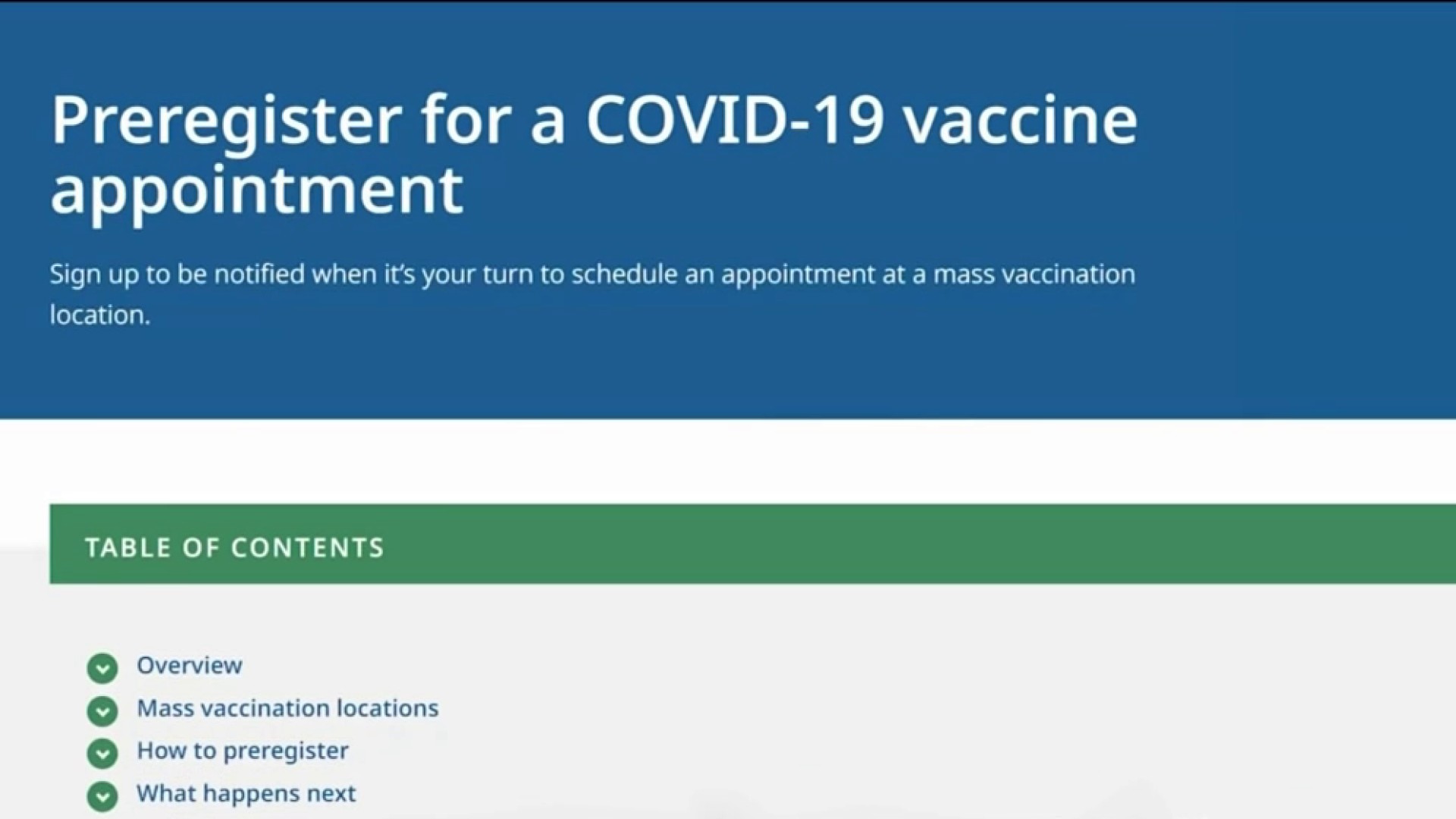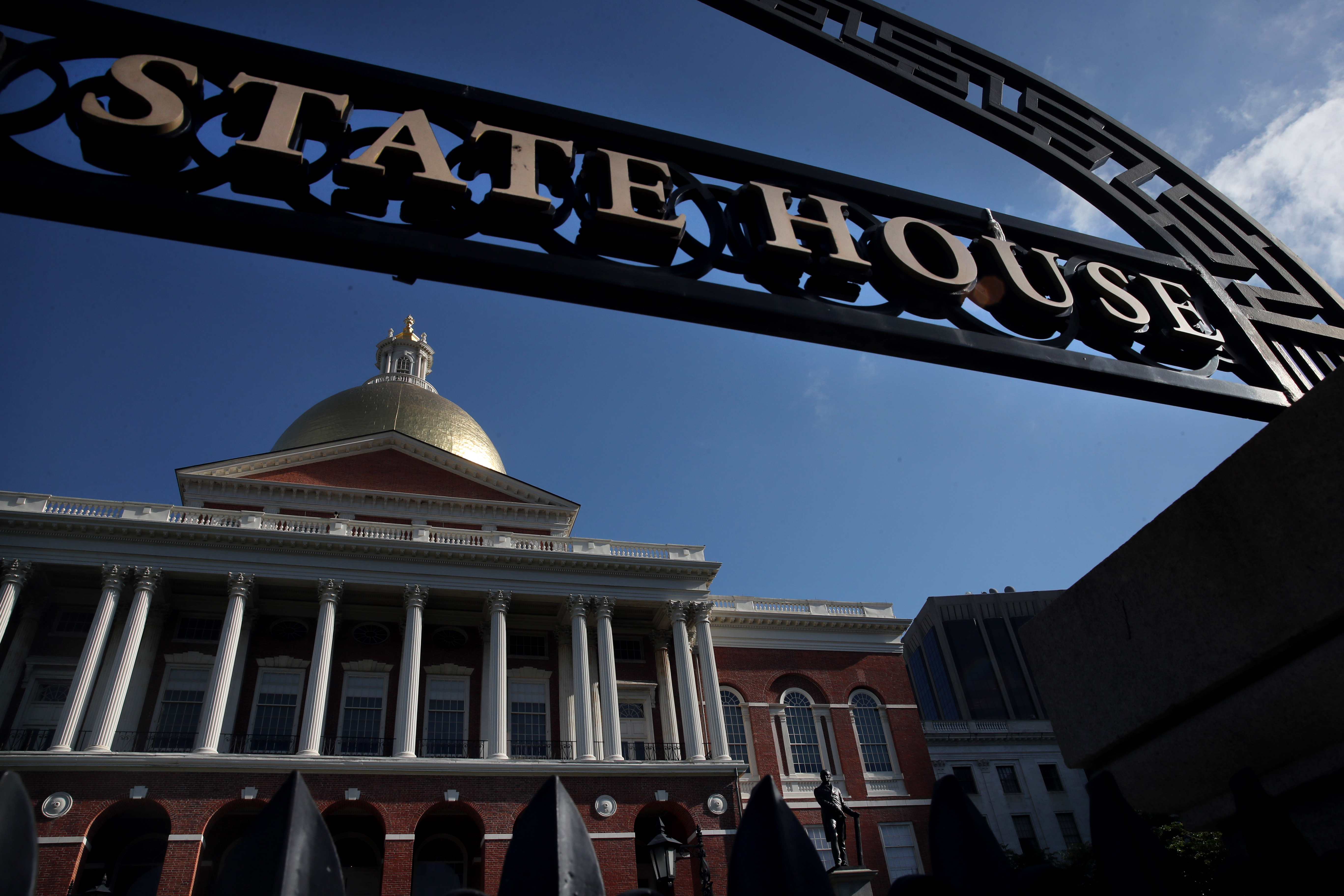There are now only 14 Massachusetts communities at the highest risk of coronavirus transmission, five fewer than last week, health officials said Thursday. It's the seventh straight week that number has fallen.
Thursday's town-by-town coronavirus risk data -- which classifies communities' risk level on a scale from red, the highest, to grey -- puts 14 cities and towns in the red zone, from 19 last week.
The peak came two months ago, when 229 communities were in the red zone. Since then, the state's metrics have dropped as the latest COVID surge subsides.
Get New England news, weather forecasts and entertainment stories to your inbox. Sign up for NECN newsletters.
The following 14 communities are in the highest risk level as of Thursday: Blackstone, Chicopee, Douglas, Fall River, Freetown, Lawrence, Ludlow, Plainville, Revere, Springfield, Sterling, Sutton, Westminster and Weymouth.
Of those communities, three are newly in red on the list this week: Douglas, Revere and Westminster.
And eight communities dropped out of red: Clinton, Hadley, Haverhill, Lynn, Methuen, New Bedford, Peabody and West Bridgewater.
To qualify for the red, high-risk category under the new metrics, communities with populations under 10,000 must have more than 25 cases. For mid-size communities of between 10,000 and 50,000 people, they must have an average of more than 10 cases per 100,000 people and a positive test rate of more than 5%. And for larger communities of greater than 50,000 people, they must have more than 10 cases per 100,000 people and a positive test rate of more than 4%.
Previously, the state used the number of cases detected on average each day over two weeks to determine if Massachusetts' communities are at high risk for coronavirus transmission. The new list factors in population size and positive test rate.
Read this week's full report here, with data on communities' percent positivity, county- and state-level data and more.
The Department of Public Health is no longer including a map of the community-level risk in the weekly report. An official told NBC10 Boston that the map is no longer seen as being as helpful as it once was, now that coronavirus cases are being reported in most communities.
Also Thursday, Gov. Charlie Baker defended Massachusetts' coronavirus vaccine rollout amid criticism from teachers who say they should have been prioritized earlier.



